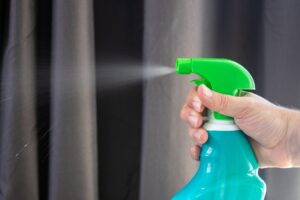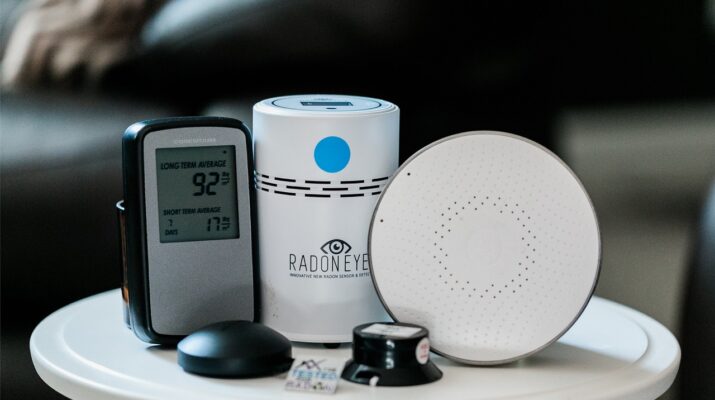Are you aware of the invisible enemies lurking in your home, affecting the air you breathe every day? From dust bunnies to pet dander and even secondhand smoke, indoor air quality plays a crucial role in our overall health and well-being. In this blog post, we’ll uncover the most common pollutants found in homes and provide practical tips on how to eliminate them. Let’s clear the air together.
Dust and Mold
 Dust and mold are common culprits when it comes to indoor air pollution. Dust particles can contain allergens like pollen and dust mites. All of them can trigger allergies and respiratory issues. Dusting and vacuuming regularly can significantly reduce the amount of dust in your home. Mold also poses the same health risks. But mold thrives in damp environments like bathrooms, kitchens, and basements. To combat mold growth, ensure proper ventilation in moisture-prone areas and promptly fix any water leaks.
Dust and mold are common culprits when it comes to indoor air pollution. Dust particles can contain allergens like pollen and dust mites. All of them can trigger allergies and respiratory issues. Dusting and vacuuming regularly can significantly reduce the amount of dust in your home. Mold also poses the same health risks. But mold thrives in damp environments like bathrooms, kitchens, and basements. To combat mold growth, ensure proper ventilation in moisture-prone areas and promptly fix any water leaks.
Secondhand Smoke
Widely known as passive smoke or environmental tobacco smoke, this is a serious indoor air pollutant that can have pretty bad effects on your health. When someone smokes indoors, the toxic chemicals present in cigarette smoke linger in the air long after the cigarette has been extinguished. Breathing in secondhand smoke can also elevate your risk of respiratory infections, asthma, and even lung cancer. Children and pets are particularly vulnerable to its negative effects due to their smaller lungs and faster breathing rates. To minimize exposure to secondhand smoke at home, it’s important to establish a strict no-smoking policy indoors. Encourage smokers to step outside when they need to light up. It’s also a good idea to invest in an air purifier with a HEPA filter. This filter can remove lingering pollutants from the air.
Pet Dander
Do you have furry friends at home? If so, the chances are you’re familiar with pet dander. These tiny flecks of skin shed by animals can trigger allergies in some individuals. While our pets bring us joy, their dander can be a nuisance for those sensitive to it. One way to reduce pet dander in your home is by grooming your pets regularly. Brushing them outside and bathing them frequently can help minimize the amount of dander they release into the air. Additionally, keeping your home clean by vacuuming and dusting regularly can also help control pet dander levels.
Volatile Organic Compounds (VOCs)
 Have you ever considered the invisible pollutants lurking in your home? Volatile Organic Compounds (VOCs) are chemicals found in many household products that can easily vaporize into the air we breathe. From cleaning supplies to paints, these compounds have a way of sneaking into our indoor environment without us even realizing it. The concerning part about VOCs is that they can majorly contribute to very poor indoor air quality and potential health issues. Headaches, dizziness, and respiratory irritation are just some of the symptoms associated with exposure to these compounds.
Have you ever considered the invisible pollutants lurking in your home? Volatile Organic Compounds (VOCs) are chemicals found in many household products that can easily vaporize into the air we breathe. From cleaning supplies to paints, these compounds have a way of sneaking into our indoor environment without us even realizing it. The concerning part about VOCs is that they can majorly contribute to very poor indoor air quality and potential health issues. Headaches, dizziness, and respiratory irritation are just some of the symptoms associated with exposure to these compounds.
It’s essential to be mindful of what products you bring into your home and how they may impact your overall well-being. To reduce VOC levels in your living space, opt for low or no-VOC products whenever possible. Remember to regularly clean and ventilate your home, invest in air purifiers if necessary, and reduce sources of pollution whenever possible. Start implementing these strategies today to enjoy better indoor air quality tomorrow.…

